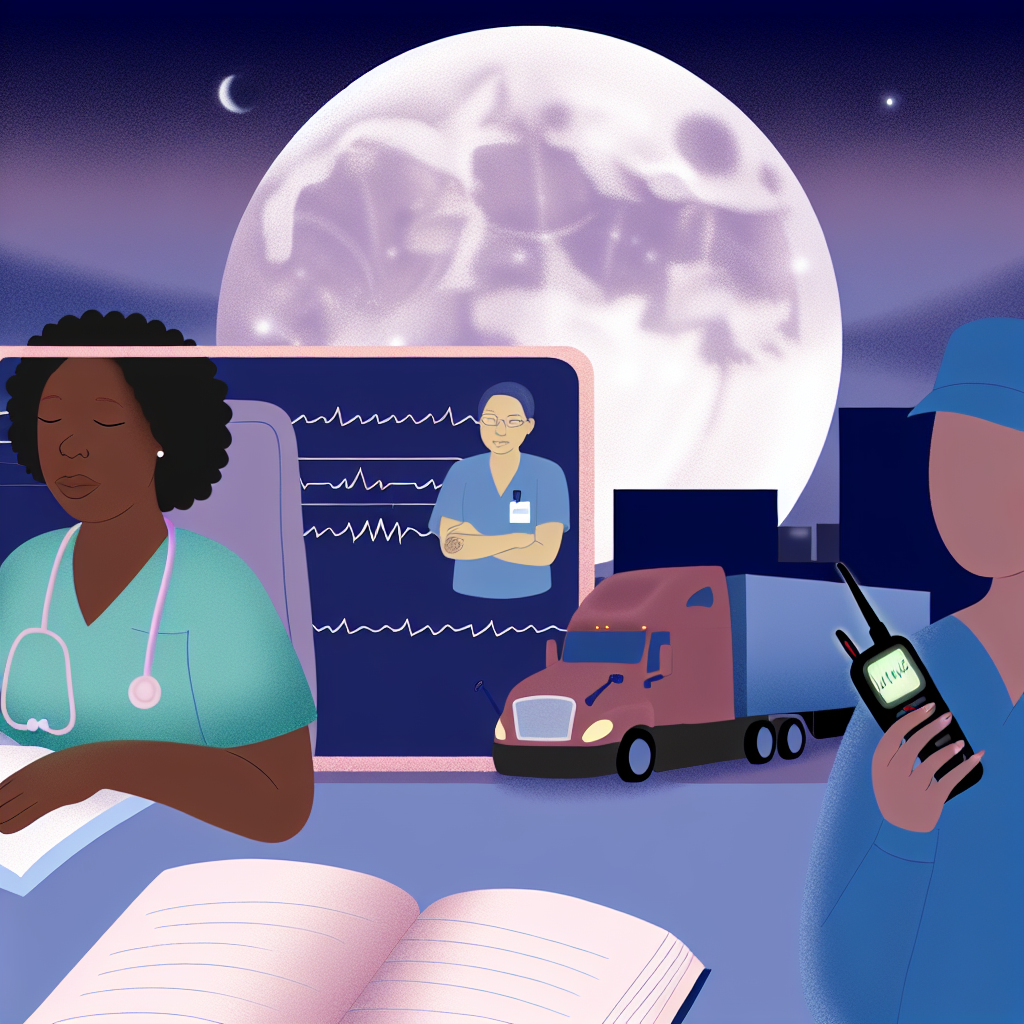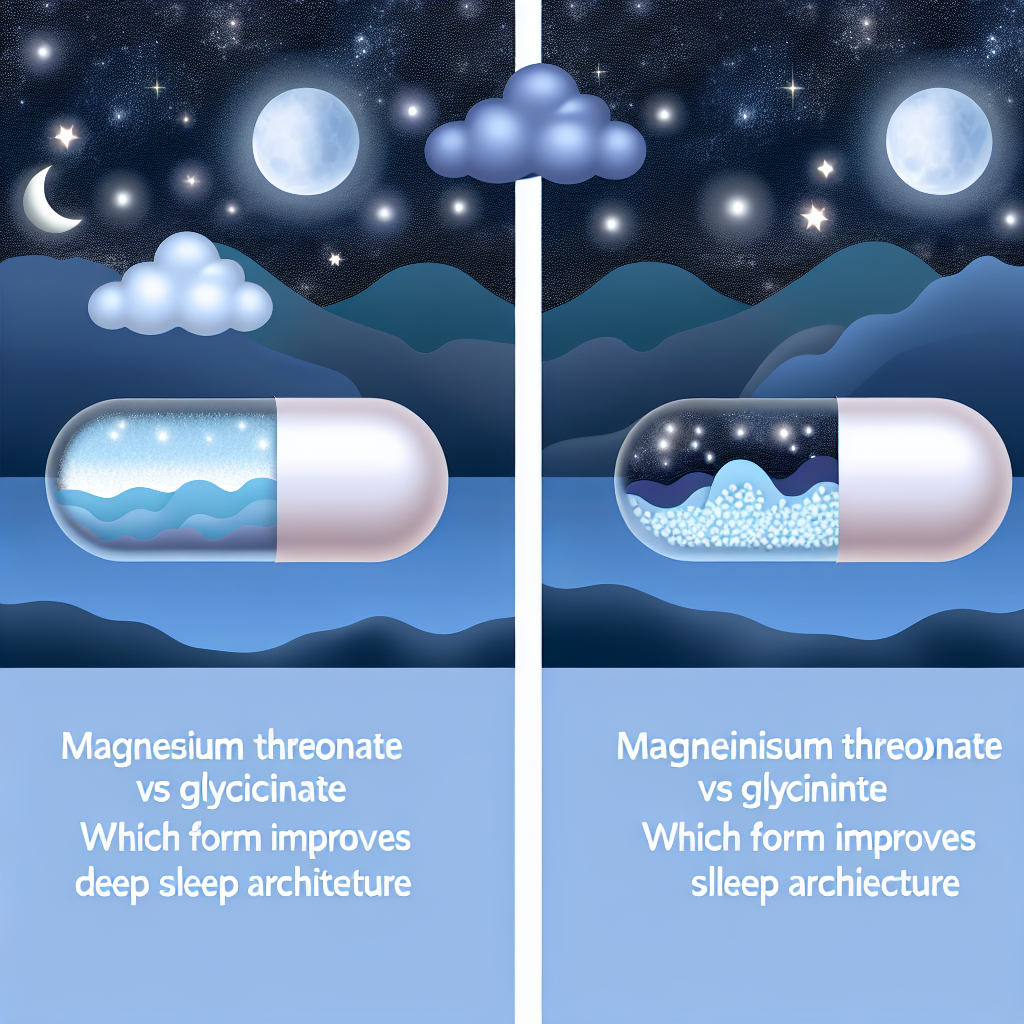Night Shift Worker Sleep Solutions: How to Rest Better and Stay Healthy
Introduction
The world never sleeps, and neither do millions of night shift workers who keep society running while the rest of us rest. From healthcare professionals and emergency responders to factory workers and security personnel, night shift employees play a crucial role in maintaining essential services. However, working overnight presents severe challenges to physical and mental health, largely due to disrupted sleep patterns.
The human body is naturally wired to be awake during daylight hours and asleep at night, thanks to the circadian rhythm—a biological clock that regulates sleep-wake cycles. Night shift work disrupts this rhythm, often leading to sleep deprivation, chronic fatigue, and even long-term health risks such as cardiovascular disease, obesity, and weakened immune function. According to the Centers for Disease Control and Prevention (CDC), shift workers experience significantly higher rates of insomnia and excessive daytime drowsiness, impacting both their overall health and job performance.
For many, the immediate concern is how to achieve quality sleep despite an unconventional schedule. It goes beyond simply allocating sleep hours—workers must also manage factors such as exposure to sunlight, blue light from screens, and environmental noise, all of which can make restful sleep elusive. Without proper rest, night shift employees may suffer from diminished cognitive function, lower productivity, increased accident risks, and emotional distress.
Understanding and implementing specific sleep solutions tailored for night shift workers is essential for sustaining long-term health and wellness. Fortunately, by adopting lifestyle strategies, sleep hygiene improvements, and utilizing medical recommendations, those working overnight can significantly enhance their quality of rest. This guide explores scientifically-backed methods to help night shift workers get better sleep and mitigate the negative effects of working against their natural body clock.
Scientific Research and Studies on Night Shift Sleep Solutions
Numerous medical and scientific studies have examined the impact of night shift work on sleep quality and overall health.
A landmark study published in the Journal of Clinical Sleep Medicine found that shift workers are at higher risk of experiencing “shift work sleep disorder” (SWSD), a condition characterized by excessive sleepiness when awake and insomnia when trying to rest. People with SWSD often struggle to get enough high-quality sleep, leading to increased physical and cognitive health issues ([Journal of Clinical Sleep Medicine]).
A study from Harvard Medical School’s Division of Sleep Medicine discusses the dangers of melatonin suppression in night shift workers. Exposure to artificial lighting at night reduces melatonin levels, the hormone responsible for regulating sleep. Lower melatonin levels can lead to difficulties falling and staying asleep, ultimately making it harder for night workers to achieve restorative rest ([Harvard Health]).
The National Institute for Occupational Safety and Health (NIOSH) also highlights the risks associated with fatigue in night shift workers. Their research emphasizes the effectiveness of strategic naps, appropriately timed light exposure, and the use of blackout curtains to improve daytime sleep quality. NIOSH recommends at least 7–9 hours of sleep in a dark, quiet space to ensure the body can fully recover from the effects of overnight work ([NIOSH]).
Finally, a 2019 study published in Sleep Health: Journal of the National Sleep Foundation emphasized that well-controlled napping during work breaks can enhance alertness and improve cognitive performance for night shift workers. Researchers found that taking short 20–30 minute naps during a shift can counteract fatigue and enhance wakefulness without disrupting post-shift sleep patterns ([National Sleep Foundation]).
Sleep Solutions for Night Shift Workers
Optimize Your Sleep Environment for Maximum Rest
– Use blackout curtains to block sunlight and ensure a dark sleeping space.
– Install white noise machines or use earplugs to neutralize daytime noise.
– Maintain a cool, comfortable temperature in the bedroom (around 65°F or 18°C).
Follow a Consistent Sleep Schedule
– Stick to a regular sleep-wake routine, even on days off, to regulate the body’s internal clock.
– Avoid erratic scheduling that dramatically changes sleep hours.
Manage Light Exposure to Support Your Circadian Rhythm
– Expose yourself to bright light at the beginning of your night shift to signal alertness.
– Wear blue light-blocking glasses during early morning commutes to reduce melatonin suppression.
– Gradually dim lights before going to bed to encourage melatonin production.
Harness the Power of Strategic Napping
– Take controlled power naps (20–30 minutes) during work breaks to help manage fatigue.
– Avoid long naps that could lead to grogginess or sleep inertia.
Eat Smart: Nutrition and Caffeine Management
– Avoid heavy meals close to bedtime, as digestion can disrupt sleep.
– Reduce caffeine intake several hours before heading to sleep.
– Stay hydrated, but limit fluids before bed to prevent waking up frequently.
Consider Melatonin Supplements and Medications
– Discuss melatonin supplements with a healthcare provider to help regulate sleep cycles.
– Avoid over-the-counter sleep medications, which can have side effects with long-term use.
Stay Active While Balancing Energy Levels
– Engage in moderate physical activity to help regulate energy levels.
– Avoid intense exercise right before bedtime, as it can be too stimulating.
Conclusion
Night shift work poses significant challenges to maintaining healthy sleep patterns, but adopting research-backed strategies can greatly improve rest and overall well-being. Workers must take control of their sleep schedules, optimize their sleep environments, and use evidence-based techniques—such as strategic light exposure, scheduled naps, and proper diet—to mitigate the negative effects of nocturnal employment.
Scientific studies continue to highlight the importance of sleep hygiene for shift workers, providing critical insights into melatonin regulation, circadian rhythm adjustments, and the benefits of controlled naps. By prioritizing sleep and making conscious lifestyle adjustments, night shift employees can safeguard their physical and mental health, ensuring they remain alert and productive while on duty.
Ultimately, embracing these sleep solutions is not just about feeling well-rested—it is about long-term health and well-being. With the right approach, night shift workers can thrive both in their professional and personal lives, despite the challenges of working while the world sleeps.
Summary: Night shift workers face significant challenges in maintaining healthy sleep patterns due to disrupted circadian rhythms. By adopting research-backed strategies, such as optimizing their sleep environment, managing light exposure, and utilizing strategic napping, night shift employees can improve their rest and overall well-being. Prioritizing sleep hygiene and making conscious lifestyle adjustments can help night shift workers mitigate the negative effects of working against their natural body clock and thrive in both their professional and personal lives.
References:
1. Journal of Clinical Sleep Medicine
2. Harvard Health
3. NIOSH
4. National Sleep Foundation

Dominic E. is a passionate filmmaker navigating the exciting intersection of art and science. By day, he delves into the complexities of the human body as a full-time medical writer, meticulously translating intricate medical concepts into accessible and engaging narratives. By night, he explores the boundless realm of cinematic storytelling, crafting narratives that evoke emotion and challenge perspectives.
Film Student and Full-time Medical Writer for ContentVendor.com




